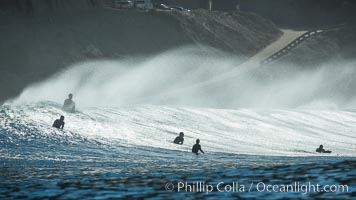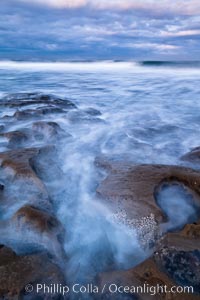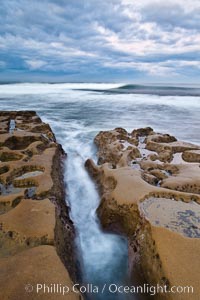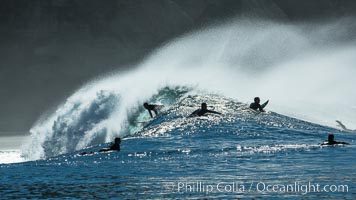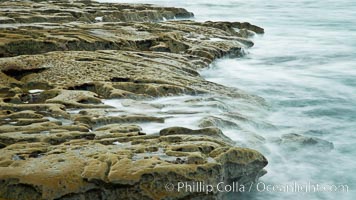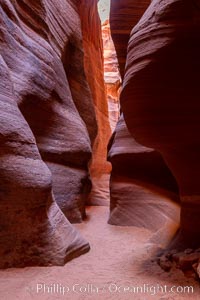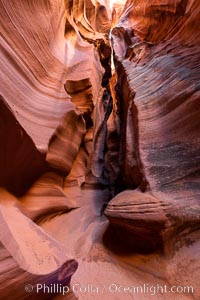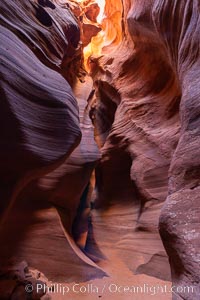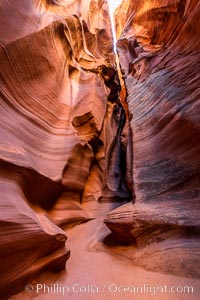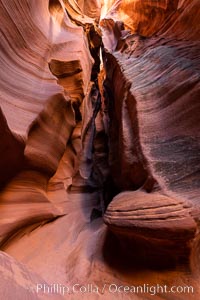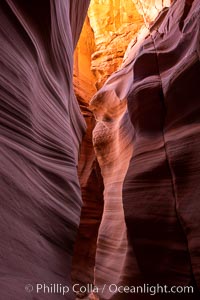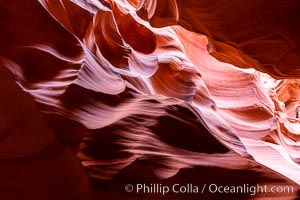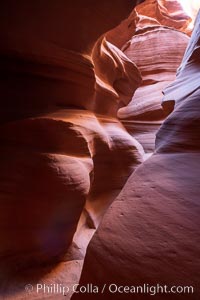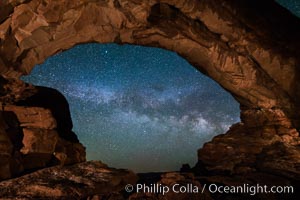
Milky Way through North Window, Arches National Park.
Location: North Window, Arches National Park, Utah
Image ID: 29277
Location: North Window, Arches National Park, Utah
Image ID: 29277
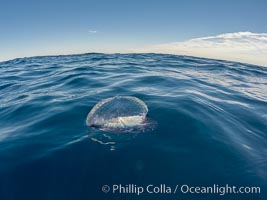
Velella, By The Wind Sailor, colonial hydroid, adrift on the ocean surface.
Species: By the wind sailor, Velella velella
Image ID: 30162
Species: By the wind sailor, Velella velella
Image ID: 30162

Windsurfing California Brown Pelican, La Jolla.
Species: Brown Pelican, Pelecanus occidentalis, Pelecanus occidentalis californicus
Location: La Jolla, California
Image ID: 37647
Species: Brown Pelican, Pelecanus occidentalis, Pelecanus occidentalis californicus
Location: La Jolla, California
Image ID: 37647
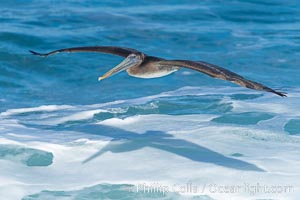
Windsurfing California Brown Pelican, La Jolla.
Species: Brown Pelican, Pelecanus occidentalis, Pelecanus occidentalis californicus
Location: La Jolla, California
Image ID: 37648
Species: Brown Pelican, Pelecanus occidentalis, Pelecanus occidentalis californicus
Location: La Jolla, California
Image ID: 37648

Windsurfing California Brown Pelican, La Jolla.
Species: Brown Pelican, Pelecanus occidentalis, Pelecanus occidentalis californicus
Location: La Jolla, California
Image ID: 37649
Species: Brown Pelican, Pelecanus occidentalis, Pelecanus occidentalis californicus
Location: La Jolla, California
Image ID: 37649
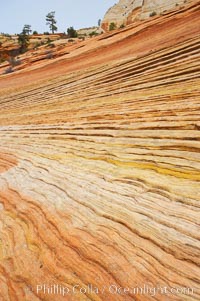
Navajo sandstone forms the cliffs and walls of Zion National Park. The sandstone reaches a thickness of 2300 feet and consists of ancient cemented desert sand dunes. Horizontal lines, commonly called crossbedding, represent layers of wind-blown sand that built up into sand dunes. These dunes were then buried, and the sand grains glued together by calcite and iron oxide to form sandstone.
Location: Zion National Park, Utah
Image ID: 12519
Location: Zion National Park, Utah
Image ID: 12519
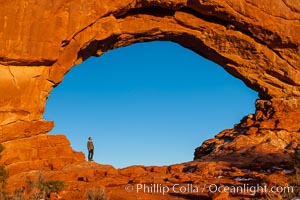
Hiker in North Window, sunset, western face. North Window is a natural sandstone arch 90 feet wide and 48 feet high.
Location: North Window, Arches National Park, Utah
Image ID: 18160
Location: North Window, Arches National Park, Utah
Image ID: 18160

Remarkable Rocks Panoramic Photo. It took 500 million years for rain, wind and surf to erode these rocks into their current form. They are a signature part of Flinders Chase National Park on Kangaroo Island, South Australia.
Location: Flinders Chase National Park, Kangaroo Island, South Australia
Image ID: 39224
Panorama dimensions: 200 x 674
Location: Flinders Chase National Park, Kangaroo Island, South Australia
Image ID: 39224
Panorama dimensions: 200 x 674
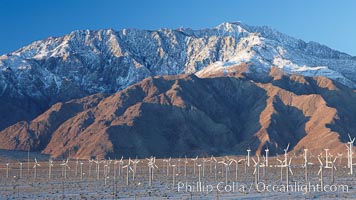
Wind turbines, rise above the flat floor of the San Gorgonio Pass near Palm Springs, with snow covered Mount San Jacinto in the background, provide electricity to Palm Springs and the Coachella Valley.
Location: San Gorgonio Pass, Palm Springs, California
Image ID: 22209
Location: San Gorgonio Pass, Palm Springs, California
Image ID: 22209
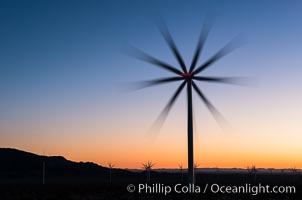
Ocotillo Express Wind Energy Projects, moving turbines lit by the rising sun,.
Location: Ocotillo, California
Image ID: 30248
Location: Ocotillo, California
Image ID: 30248
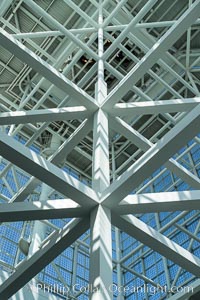
Los Angeles Convention Center, south hall, interior design exhibiting exposed space frame steel beams and glass enclosure.
Image ID: 29146
Image ID: 29146
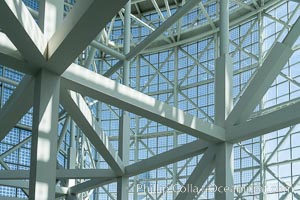
Los Angeles Convention Center, south hall, interior design exhibiting exposed space frame steel beams and glass enclosure.
Image ID: 29151
Image ID: 29151
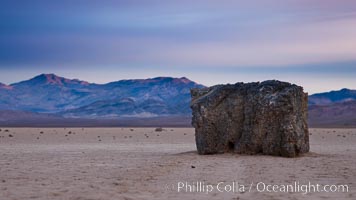
Sunrise on the Racetrack Playa. The sliding rocks, or sailing stones, move across the mud flats of the Racetrack Playa, leaving trails behind in the mud. The explanation for their movement is not known with certainty, but many believe wind pushes the rocks over wet and perhaps icy mud in winter.
Location: Racetrack Playa, Death Valley National Park, California
Image ID: 27701
Location: Racetrack Playa, Death Valley National Park, California
Image ID: 27701
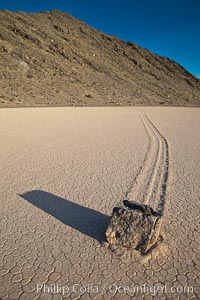
A sliding rock of the Racetrack Playa. The sliding rocks, or sailing stones, move across the mud flats of the Racetrack Playa, leaving trails behind in the mud. The explanation for their movement is not known with certainty, but many believe wind pushes the rocks over wet and perhaps icy mud in winter.
Location: Racetrack Playa, Death Valley National Park, California
Image ID: 25243
Location: Racetrack Playa, Death Valley National Park, California
Image ID: 25243
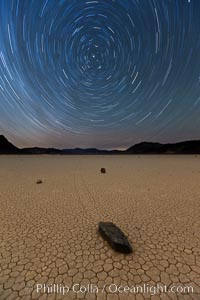
Racetrack sailing stone and star trails. A sliding rock of the Racetrack Playa. The sliding rocks, or sailing stones, move across the mud flats of the Racetrack Playa, leaving trails behind in the mud. The explanation for their movement is not known with certainty, but many believe wind pushes the rocks over wet and perhaps icy mud in winter.
Location: Racetrack Playa, Death Valley National Park, California
Image ID: 27668
Location: Racetrack Playa, Death Valley National Park, California
Image ID: 27668
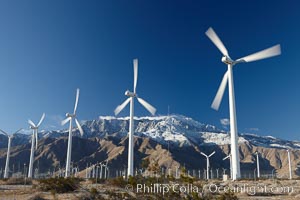
Wind turbines, rise above the flat floor of the San Gorgonio Pass near Palm Springs, with snow covered Mount San Jacinto in the background, provide electricity to Palm Springs and the Coachella Valley.
Location: San Gorgonio Pass, Palm Springs, California
Image ID: 22205
Location: San Gorgonio Pass, Palm Springs, California
Image ID: 22205
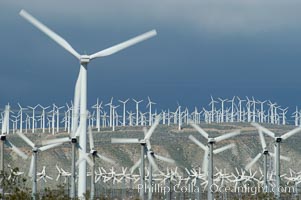
Wind turbines provide electricity to Palm Springs and the Coachella Valley. San Gorgonio pass, San Bernardino mountains.
Location: San Gorgonio Pass, Palm Springs, California
Image ID: 06856
Location: San Gorgonio Pass, Palm Springs, California
Image ID: 06856
